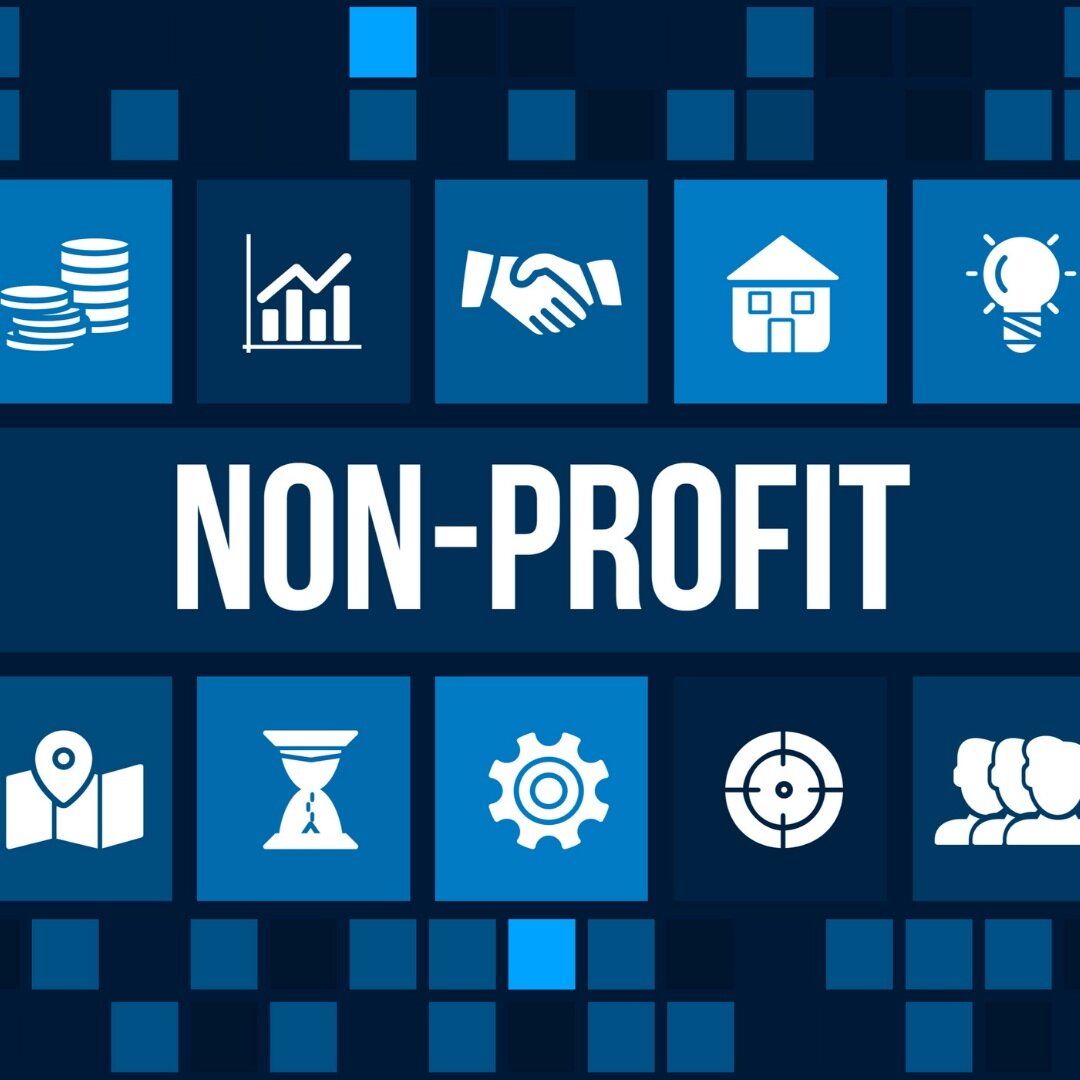A Winning Board: Best Practices of Non-profit Boards
Do you sit on a Board of Directors? Lead one? Work with one? Then tune in every Thursday morning from now until the end of the month to learn all about how to create, operate and work with a winning board. From roles and responsibilities to best practices and leadership tips, AG shares over 50 years of his experience with you.
Non-profit boards are a different animal and in some ways more challenging than for-profit boards. With experience being on both, I know the ways to ensure that a nonprofit board functions properly and effectively is by maintaining best practices.
Here are 6 non-profit board Best Practices I’ve seen over the course of 30 years.
1. Board Member Job Descriptions
Non-profits should establish clear and specific board member job descriptions. Job descriptions are more important for non-profit boards than for-profit boards. It is important to know who is responsible for what, which will make the board complete tasks and make decisions more effectively.
2. Clear Financial Giving Expectations
What are board members expected to contribute to? Capital campaigns? Annual funds to support annual operations? Sponsorships of events or performances like fundraisers or galas? Non-profit board members who do not fulfill their financial philanthropic obligations undermine the collegiality, commitment and passion for the mission shared by contributing board members.
In addition to giving, there is an additional expectation for getting — for directors of non-profits to identify prospects, nurture relationships with prospective donors, and even to solicit actual contributions. To help directors with these tasks, the advancement strategy, program, process and tools need to be explained and trained to ensure capability, comfortability and confidence for the director. Again, failing to fulfill giving or getting responsibilities can create disharmony and even resentment amongst other board members.
3. Robust Orientation Programs
When onboarding new directors for both non-profit and for-profit boards, it’s important to ensure that they understand the mission and values, the strategy and plans, roles and expectations. However, the role of ambassador for the cause and the organization, and the financial giving expectation, are particularly important for non-profits.
4. Disciplined Board Meetings
Focused agendas and well-facilitated meetings that keep the discussion focused on the agenda are vital for non-profit boards. Without them, it’s too easy for non-profit directors to get off-topic on irrelevant subjects or details that should be left to management and staff.
5. Board Assessment
Formal and informal assessment of the board and individual directors is important for all boards, but again even more important for non-profit boards. This should be led by the chairman alongside an outside facilitator, if necessary. Feedback and input should be encouraged from each of the directors and from the leadership team on behalf of the executive staff. The focus of the review should be on contributions and performance, with the primary objective being focused on improving overall board performance and effectiveness. However, this is also an opportunity to identify and take appropriate action on directors who may not be fulfilling their responsibilities and obligations.
6. External advice and counsel.
To continually improve board performance, and get a periodic objective outside point of view, it’s a best practice to use outside counsel, outside financial advisers, and outside board governance experts to help the directors and the board as a whole stay abreast of best governance practices and continue to improve overall board effectiveness.
Six non-profit board best practices. Six ways to begin to improve your non-profit’s board operations beginning tomorrow.
